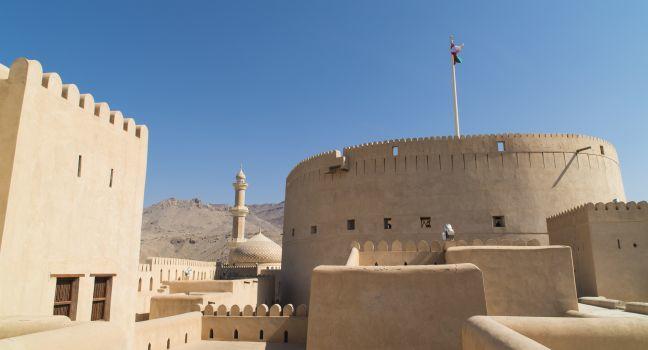34 Best Sights in Oman
Sorry! We don't have any recommendations for Oman right now.
We’ve compiled the best of the best in Oman - browse our top choices for the top things to see or do during your stay.
Bait al Safah
Bait Al Zubair
One of the best museums in Oman, Bait al Zubair was formerly the home of the Zubair family, as the name would suggest. It houses a fascinating collection of traditional Omani weaponry, jewelry, and costumes, as well as contemporary Omani artwork. There is a hall for special collections, which change regularly, and outside there is a tiny replica of Muscat, complete with a falaj (irrigation system) and wadi (dry riverbed). The gift shop has a nice coffee shop and a seating area to relax in after strolling through the museum halls.
Recommended Fodor's Video
Capital Area Yacht Club Beach
Jibreen (Jabrin) Castle
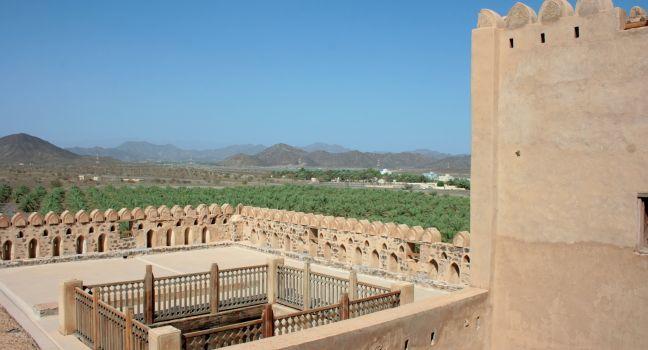
Misfat Al Abriyeen
Mutrah Corniche
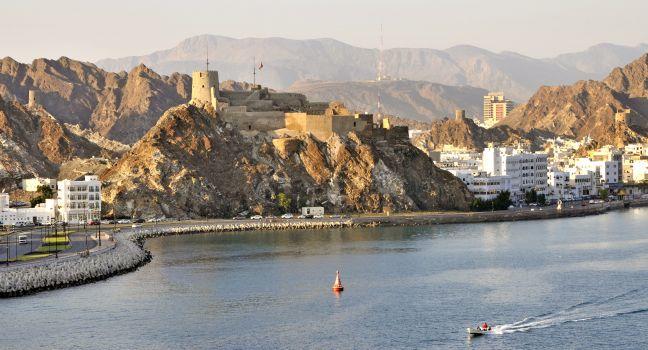
Sur Corniche
Wahiba Sands Desert
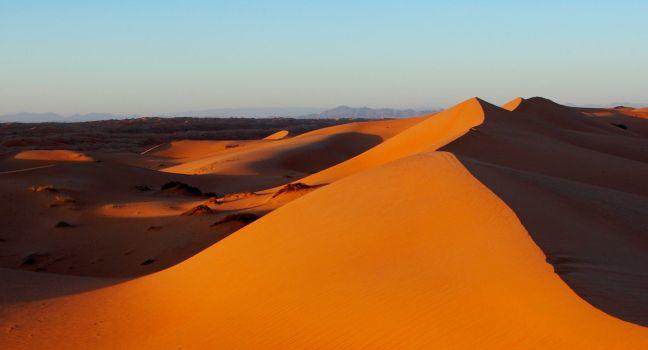
Al Qurum Natural Park
The largest park in Oman, Qurum Natural Park is a lush, green oasis that provides a cool refuge even from the summer heat thanks to its tall shade trees and large lake. The park's 400 acres offer ample space to wander, with rose gardens, dancing fountains, a boating lake, playgrounds, picnic areas, and even a small amusement park that opens daily after 4:30 pm. Small coffee shops and restaurants are open all day, and there are restroom facilities throughout the park, making it a great place to spend an afternoon and evening. It is most popular in the late afternoons and into the night, when the weather is cool and the fountains are lit. In addition to families and children playing, as the night falls many couples, strolling hand-in-hand, join the lively scene.
Atheiba Beach
Bahla City Walls
Bahla Fort
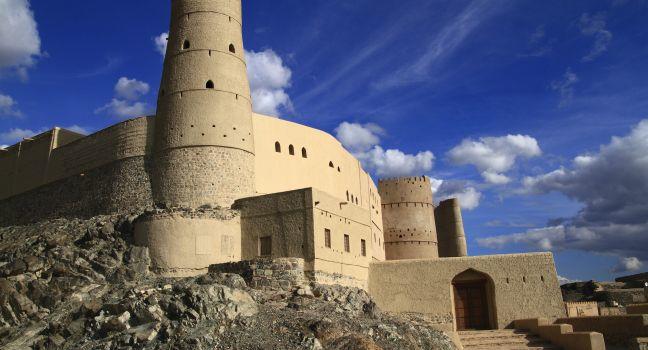
Bait Al Baranda
Barka Halwa Factory
Bilad Fort
Bimmah Sinkhole

Dhow Building Yard
Muscat Gate Museum
Natural History Museum
One of the most popular of Muscat's museums, the Natural History Museum is divided into four sections.
New Sur Corniche Beach
Nizwa Fort
